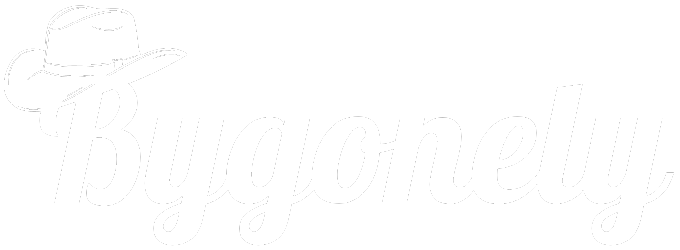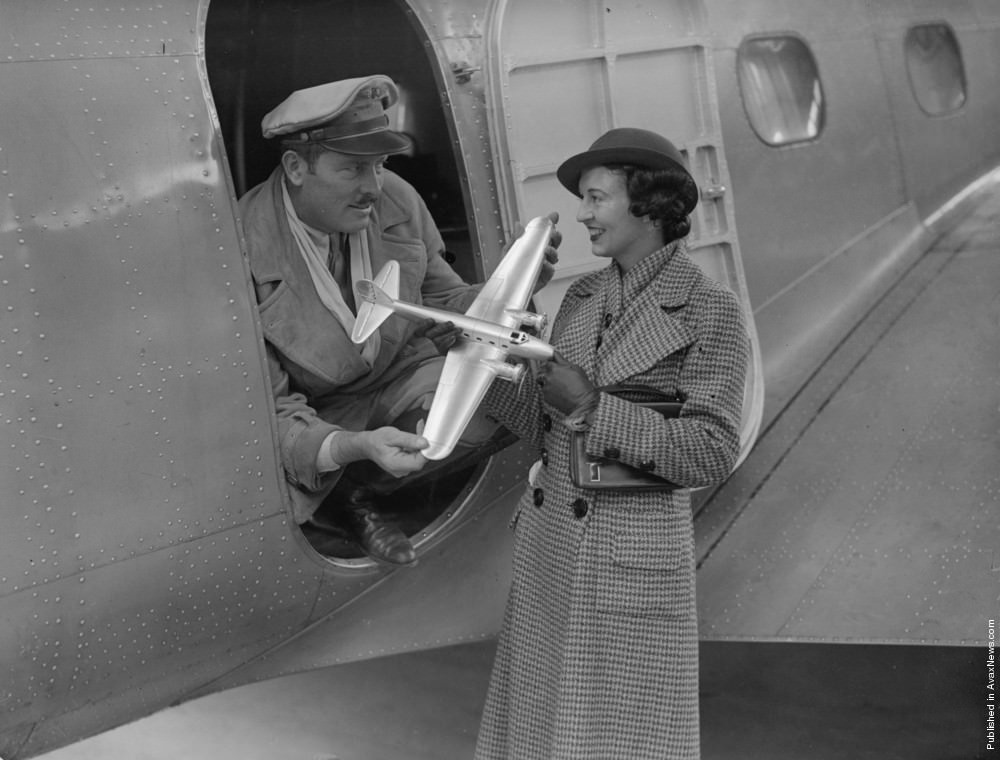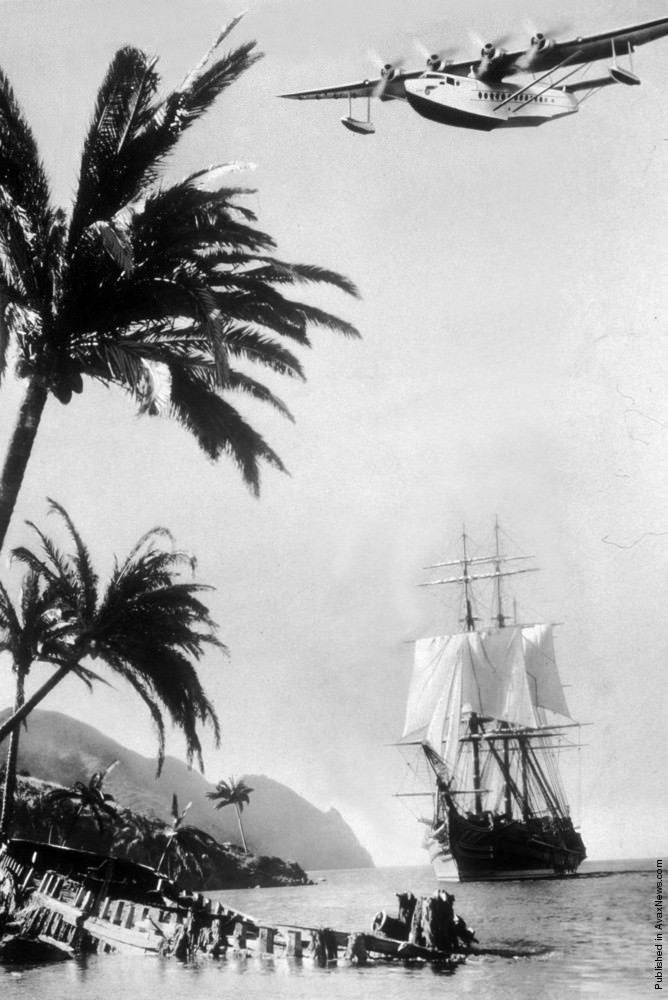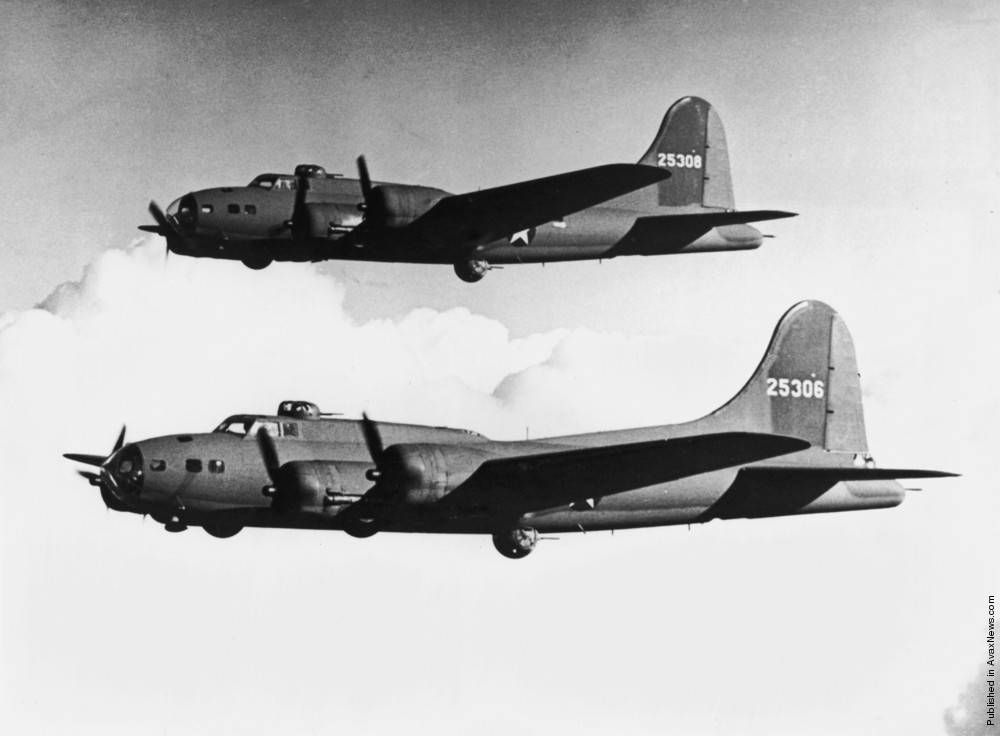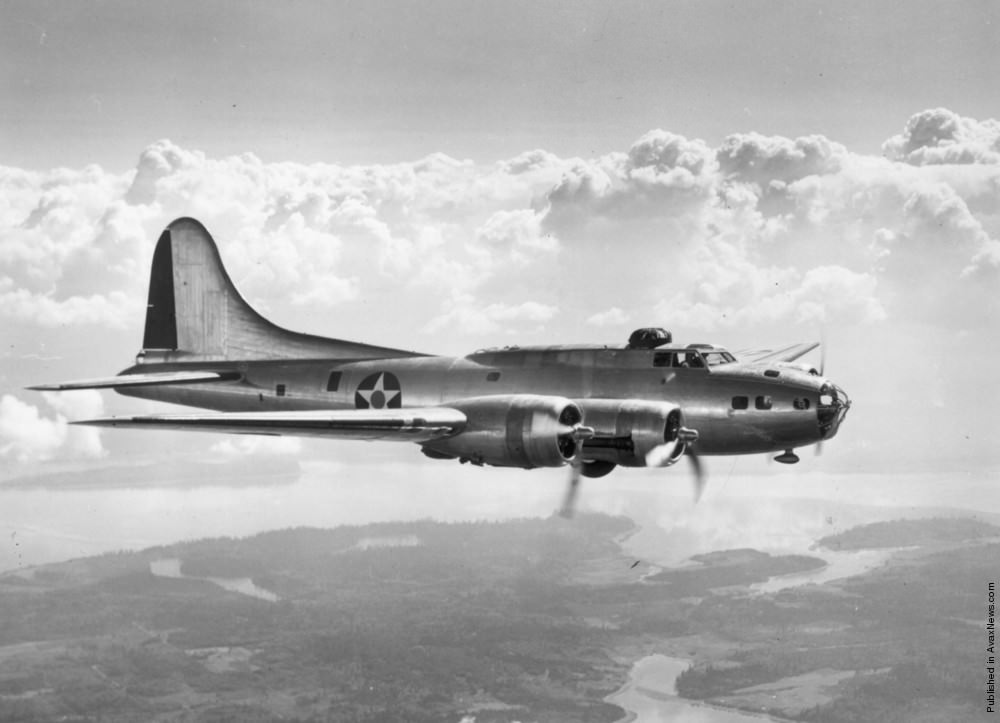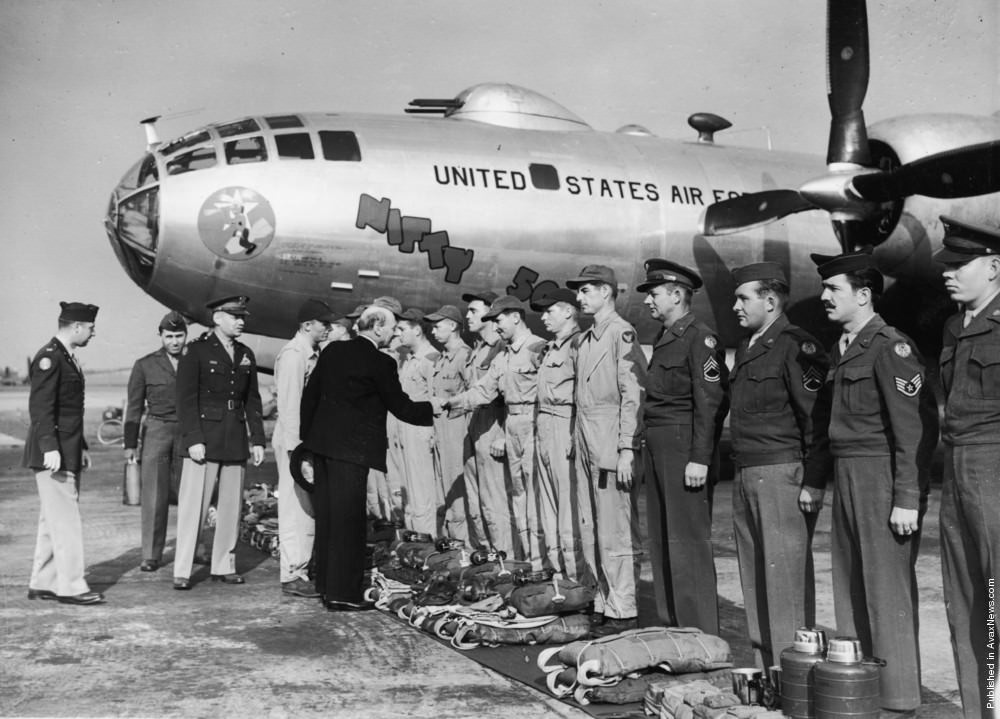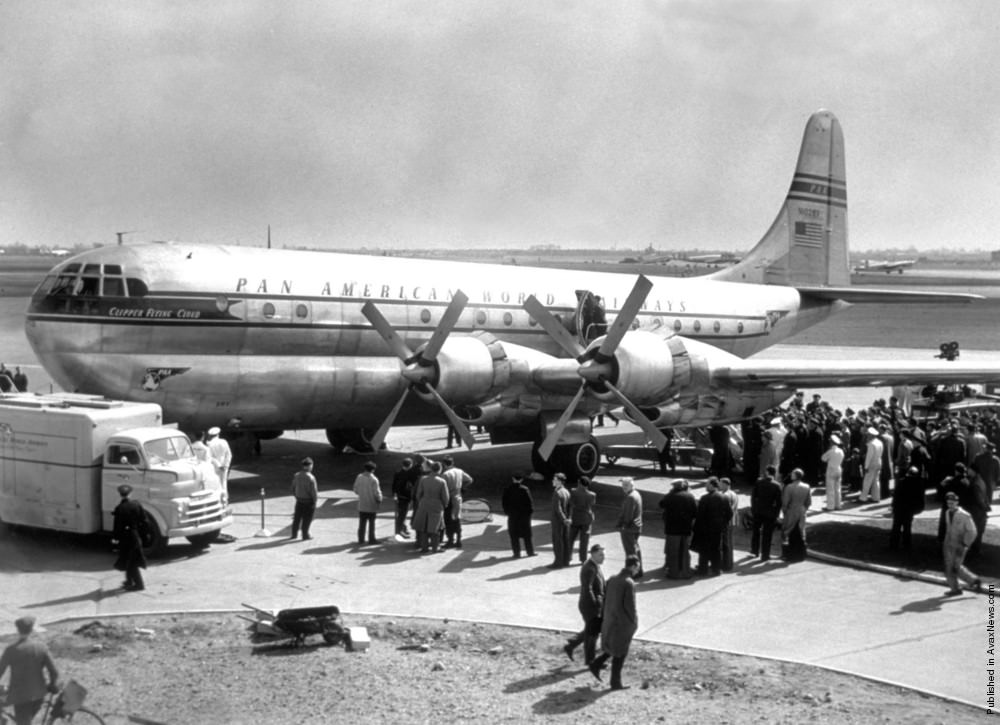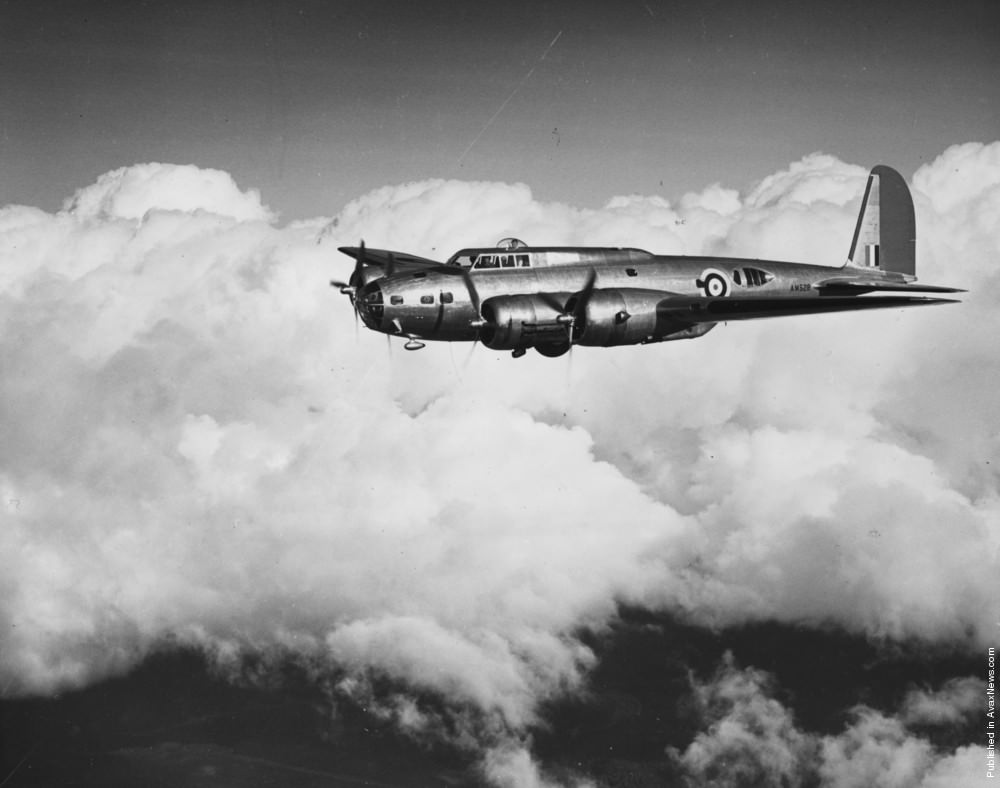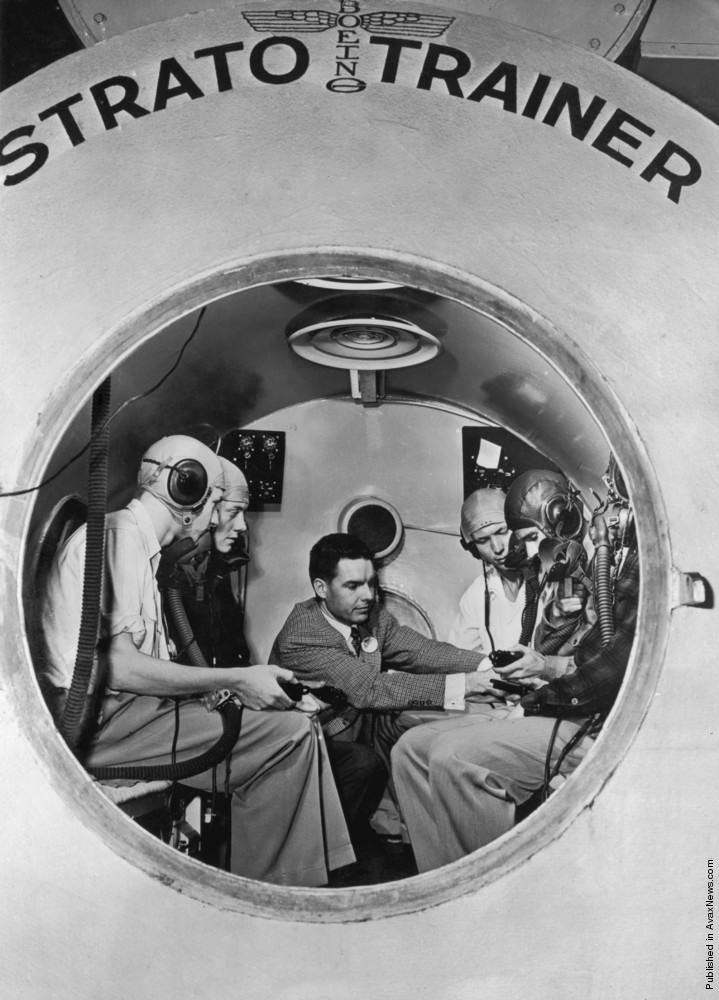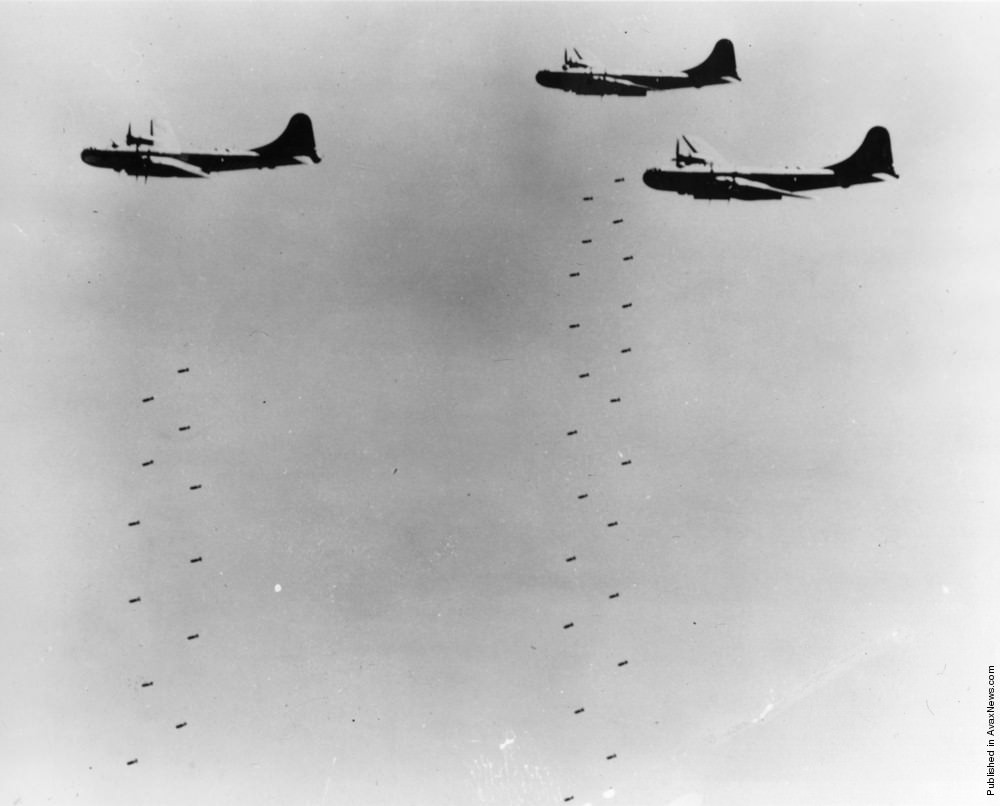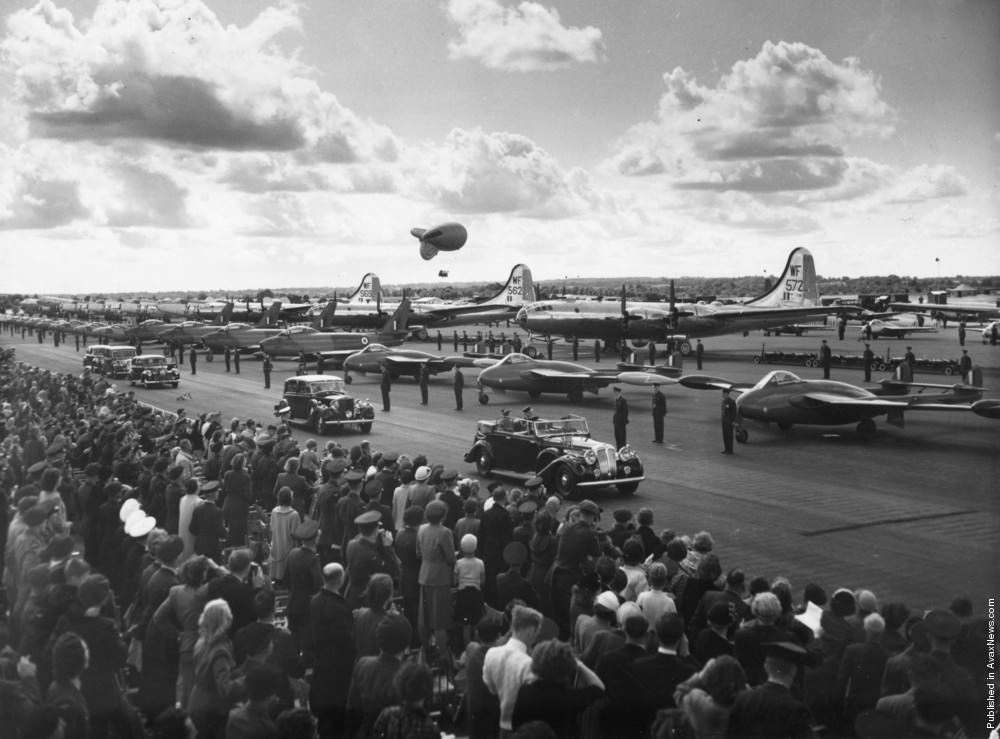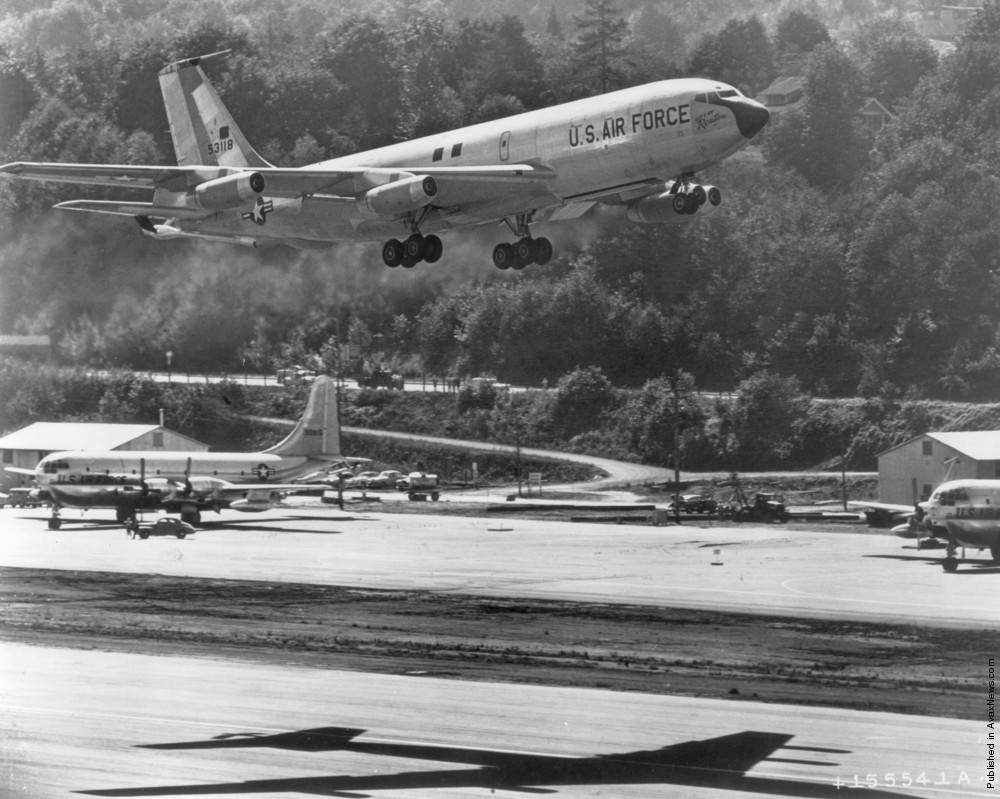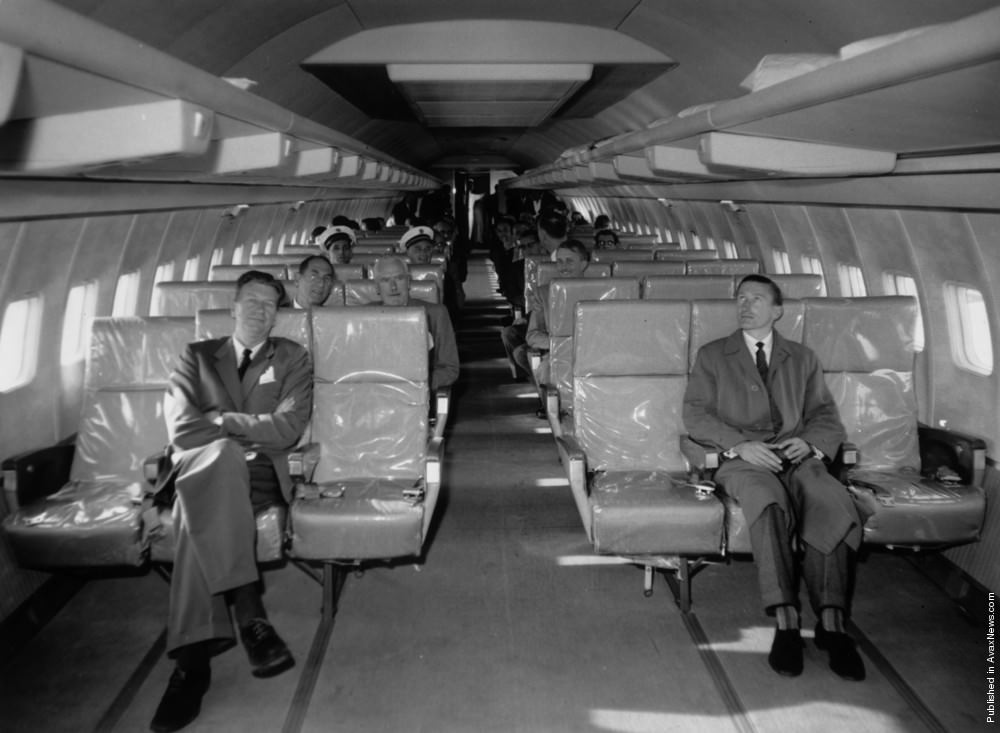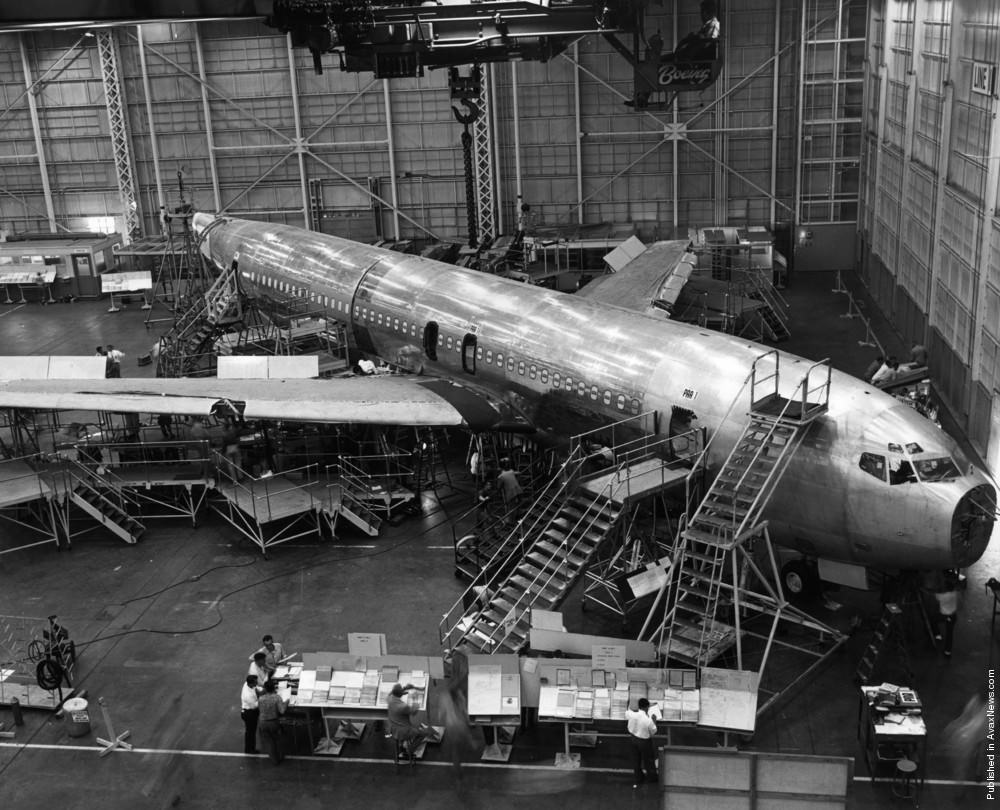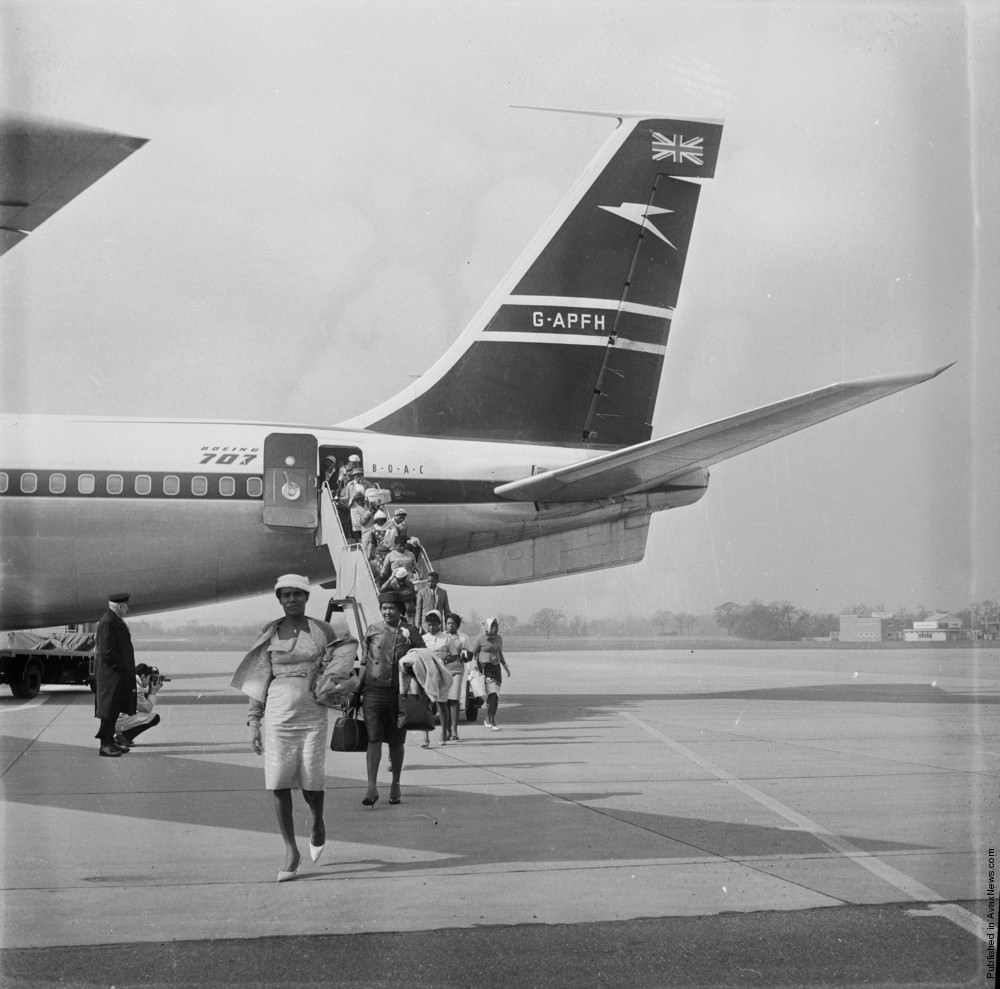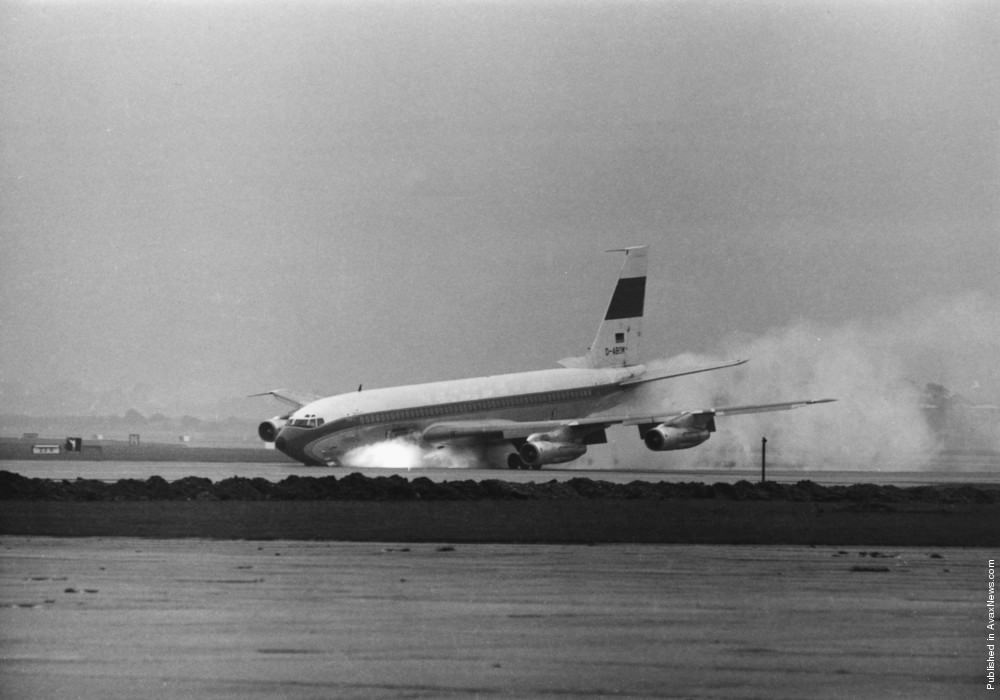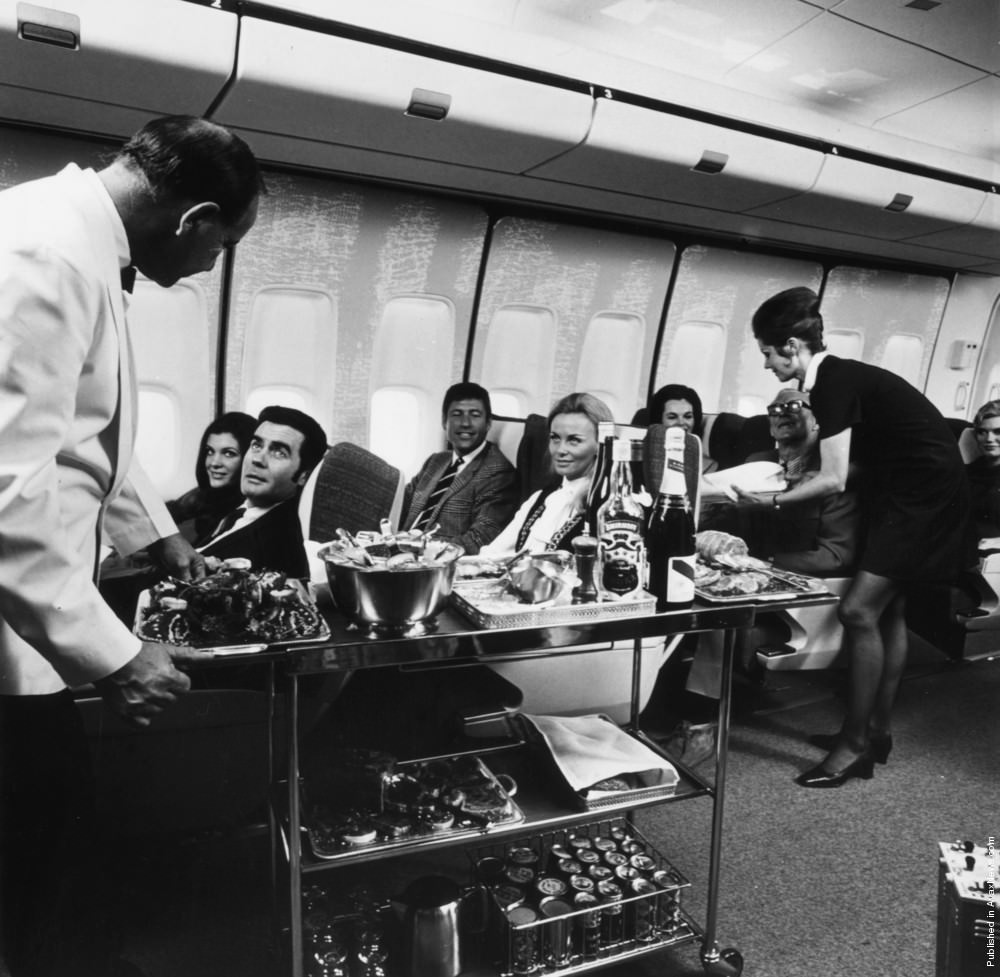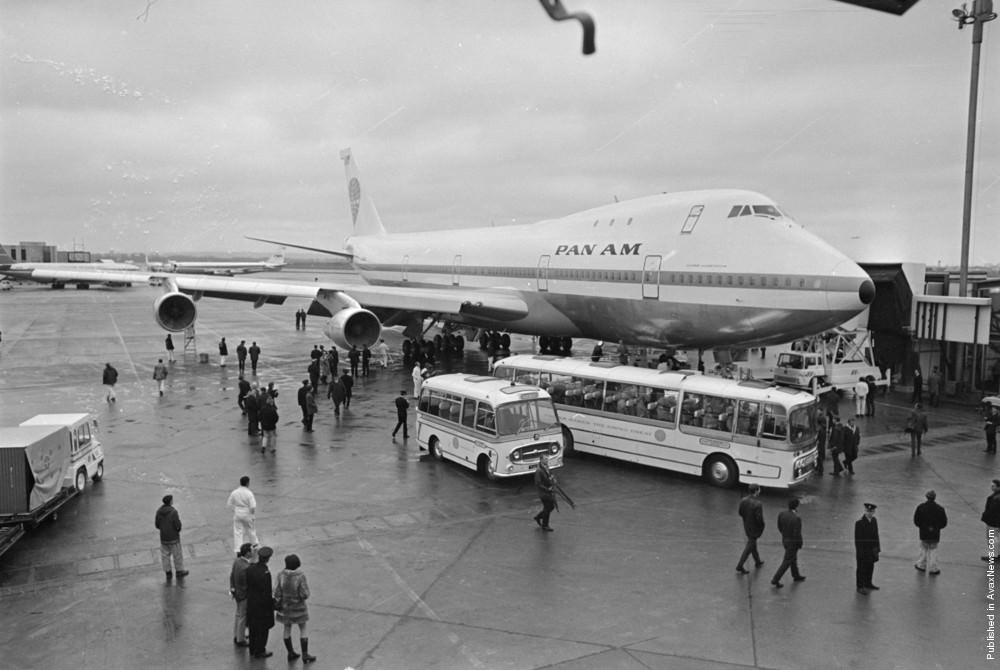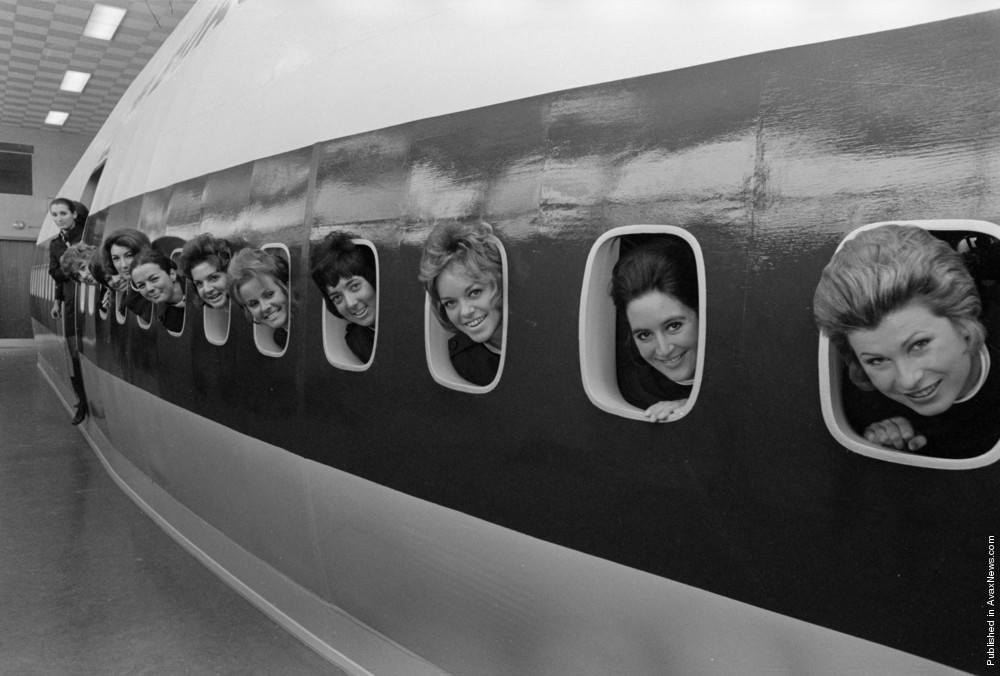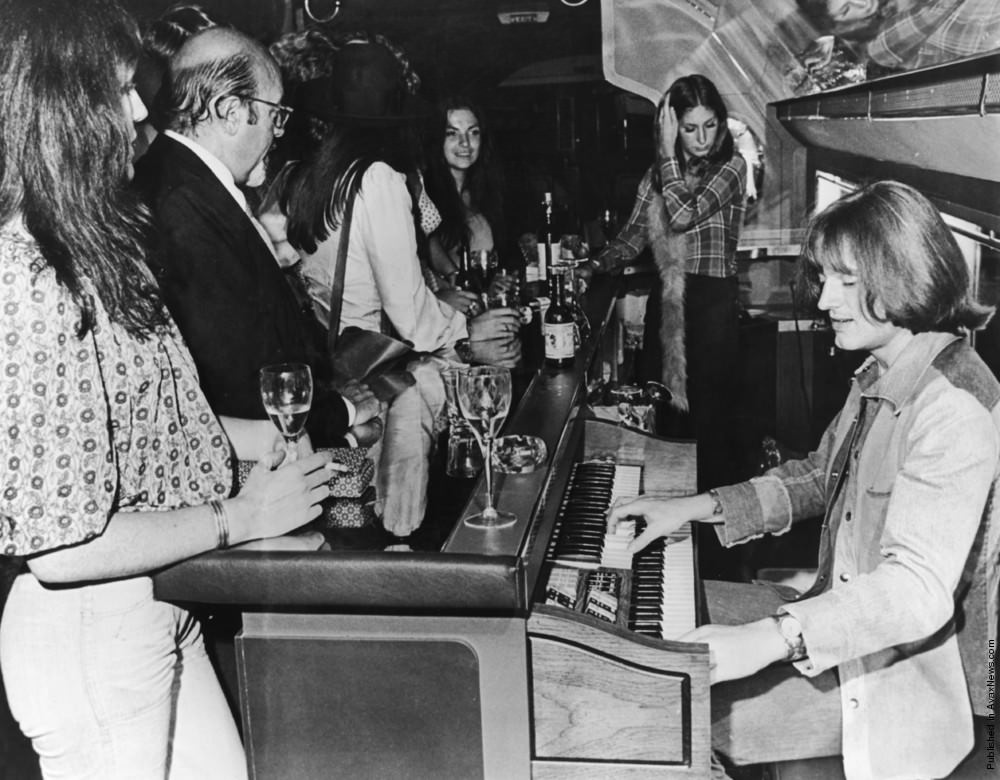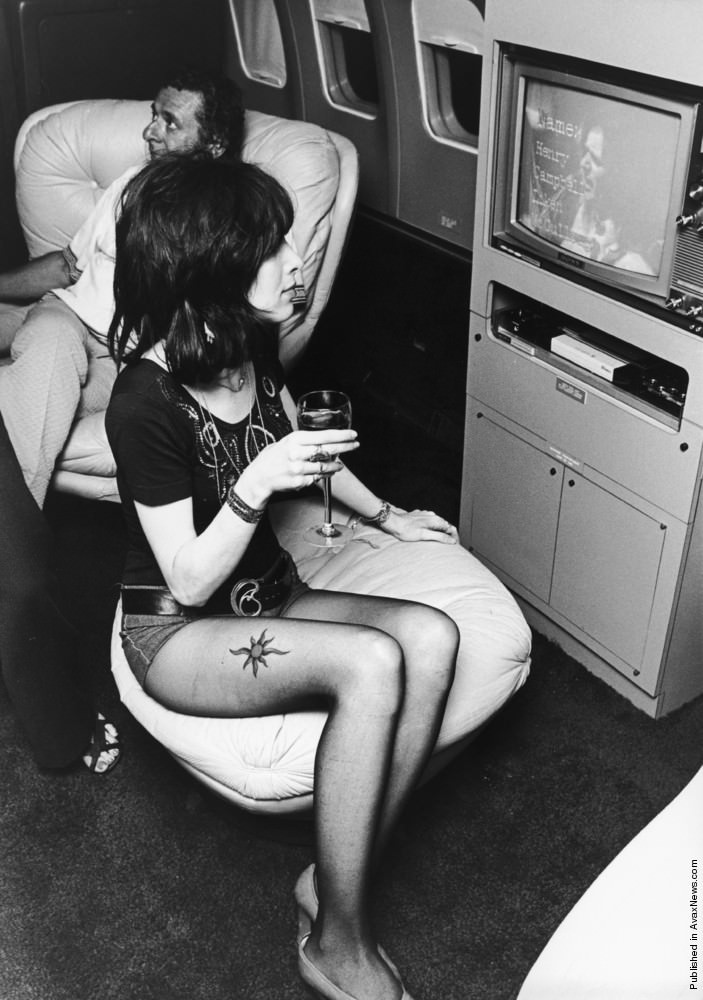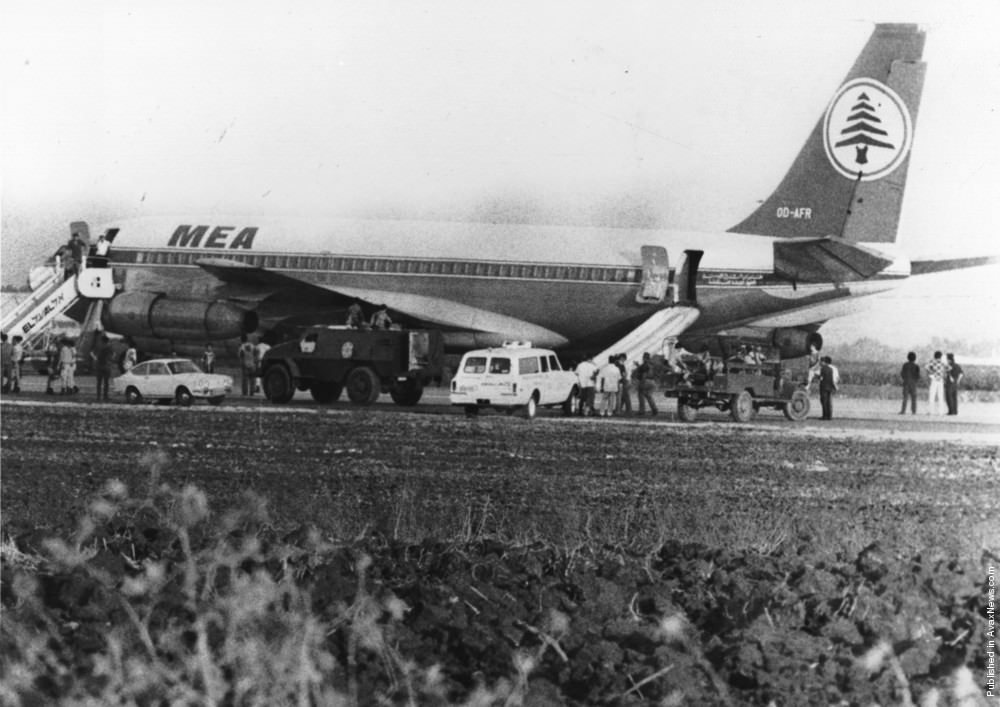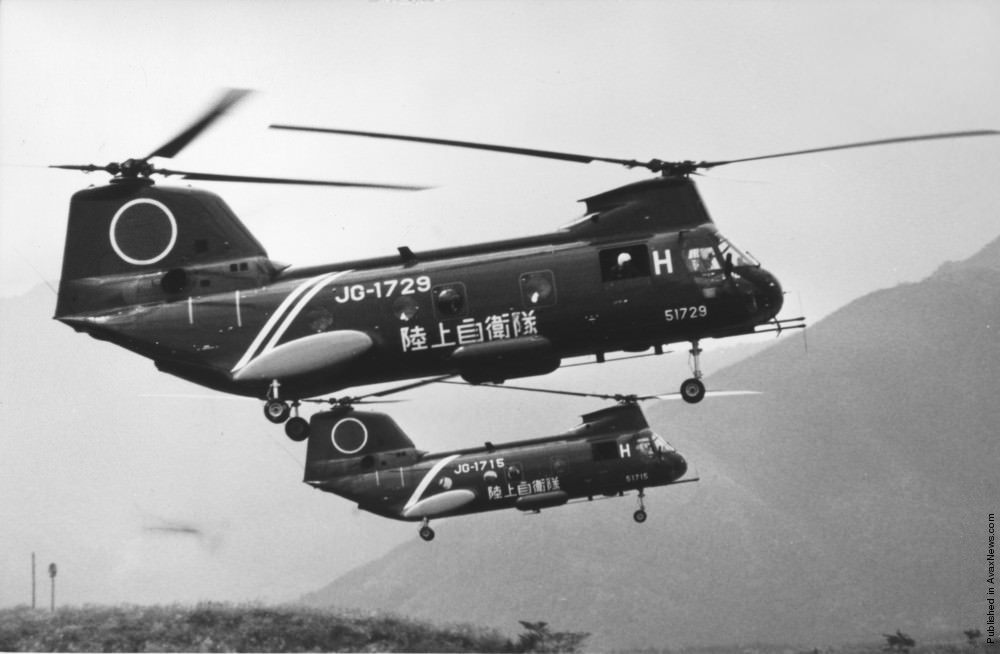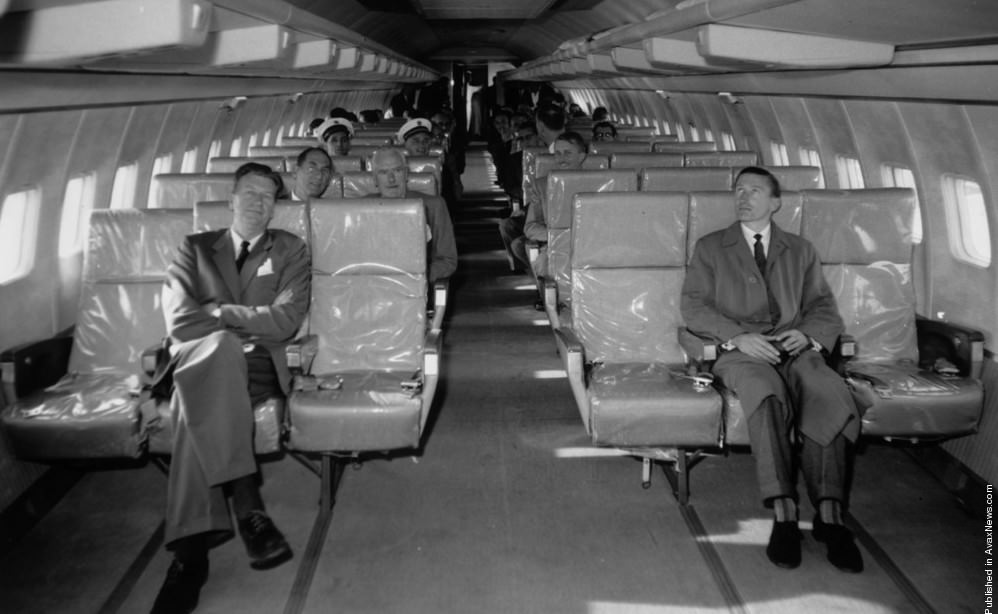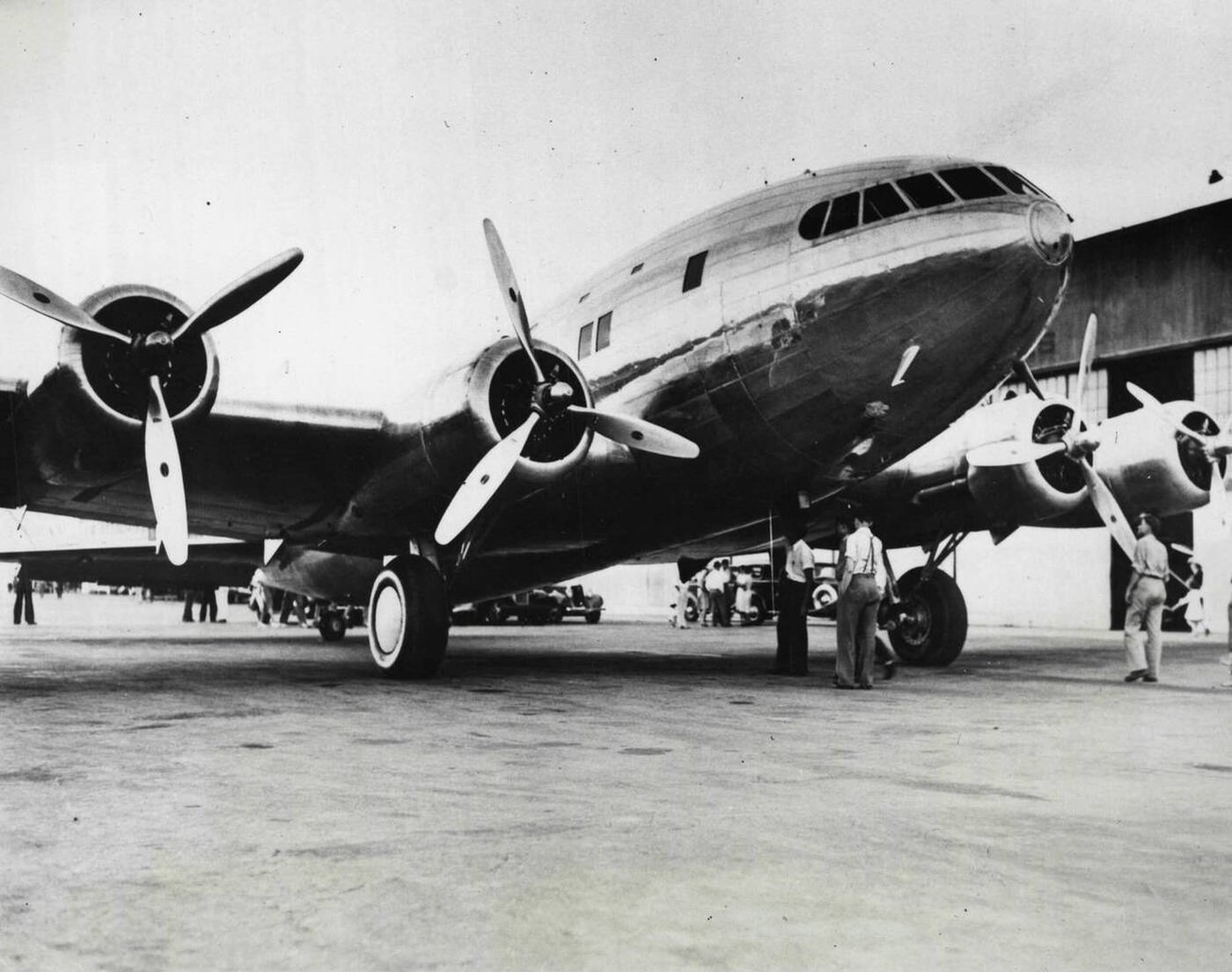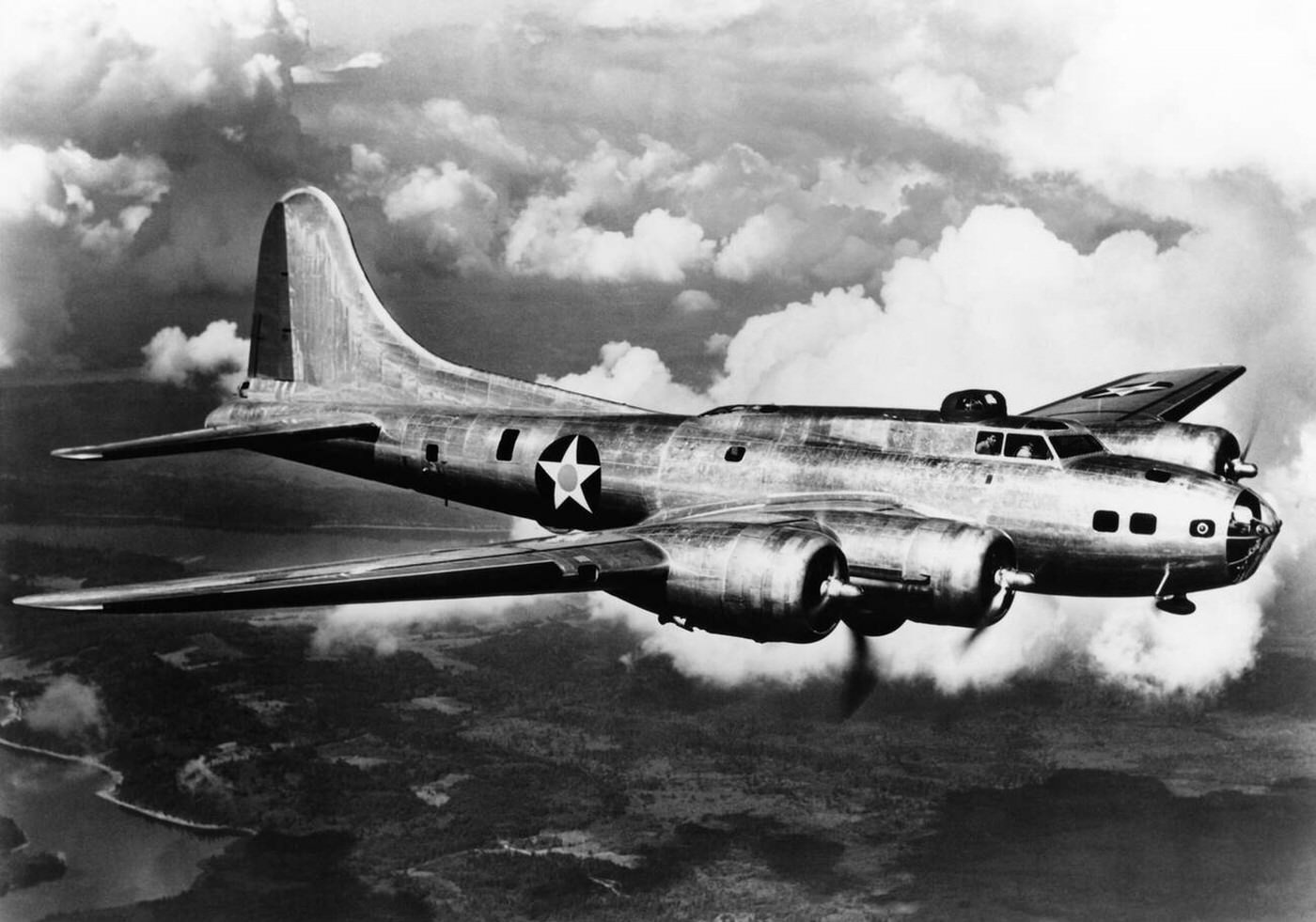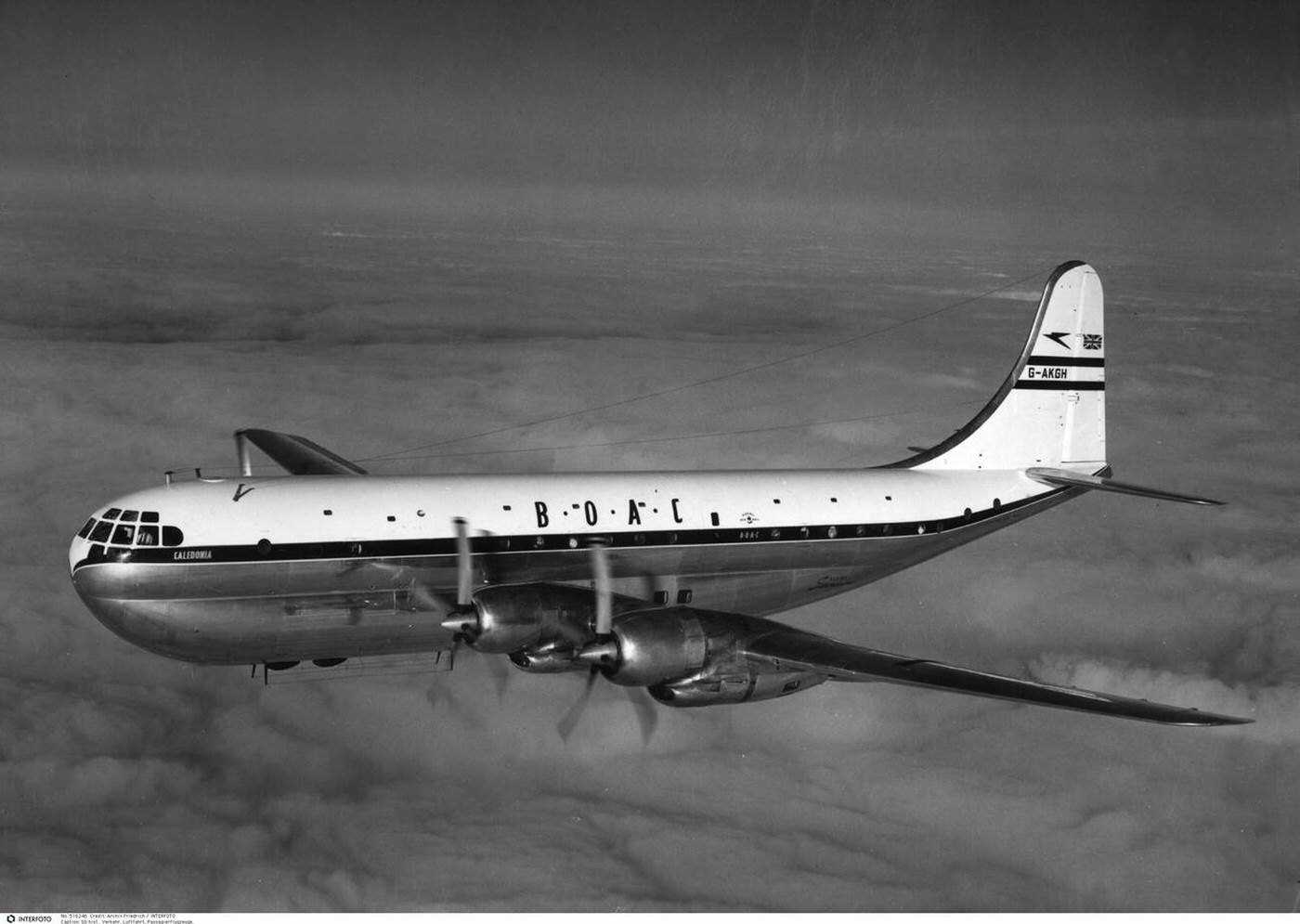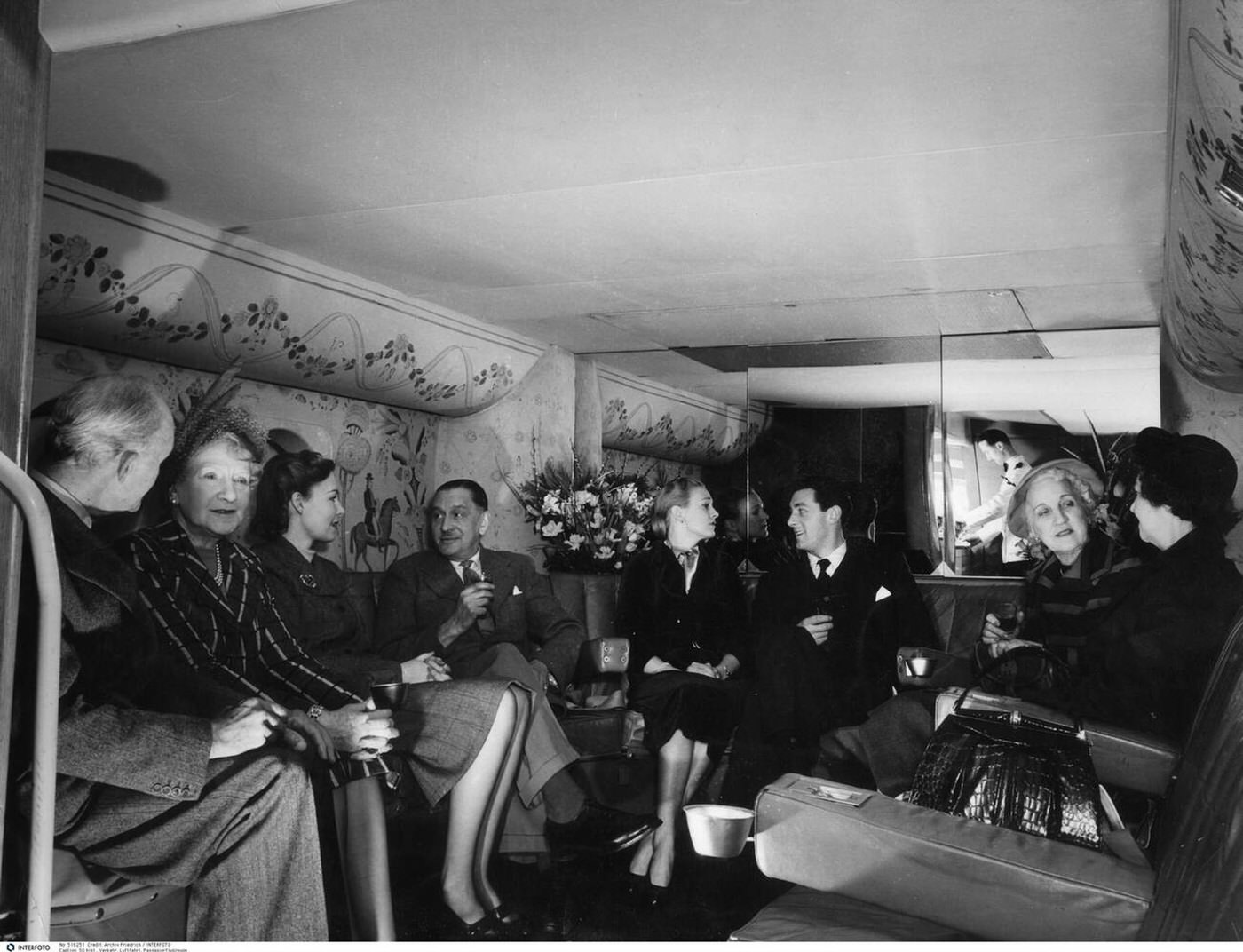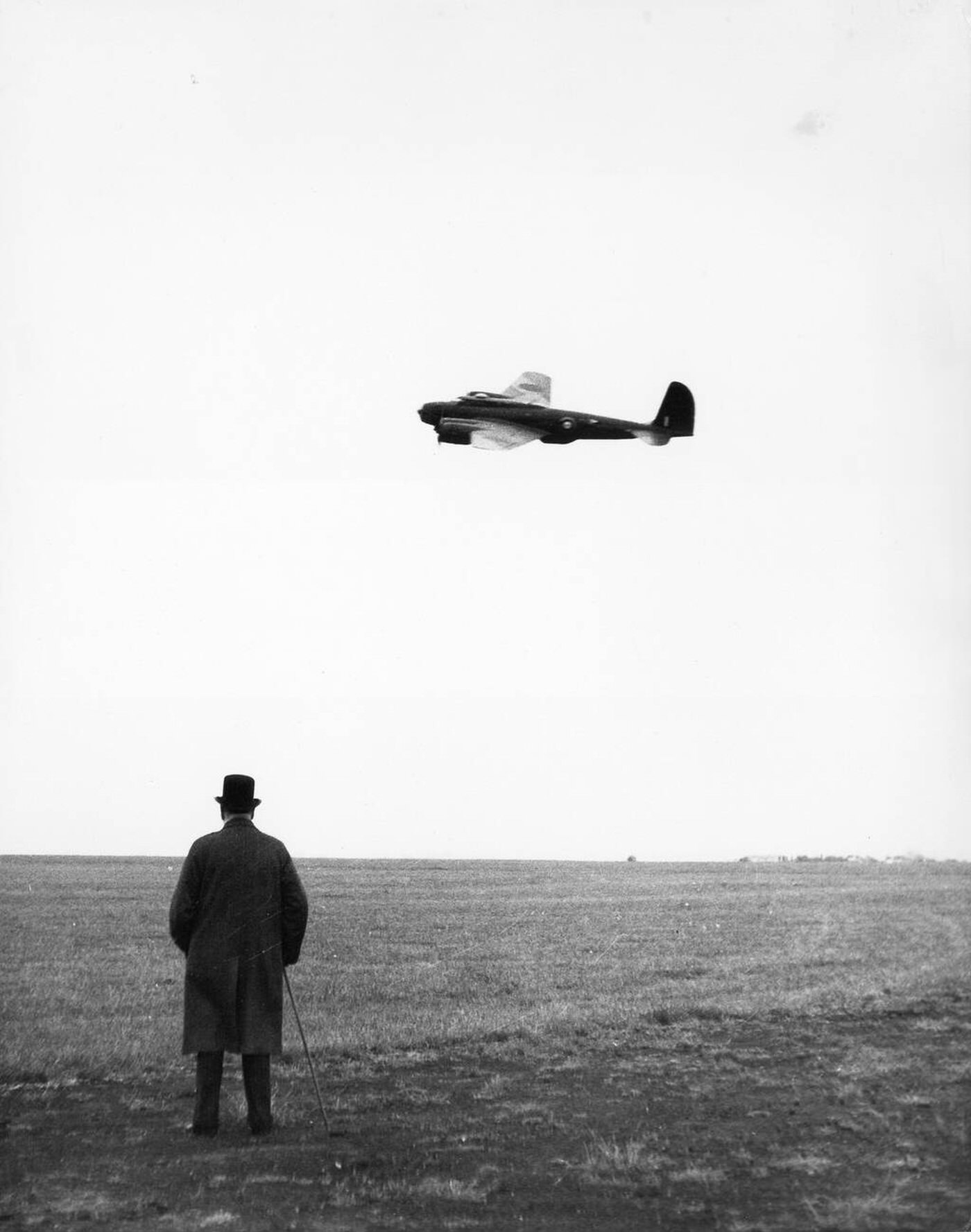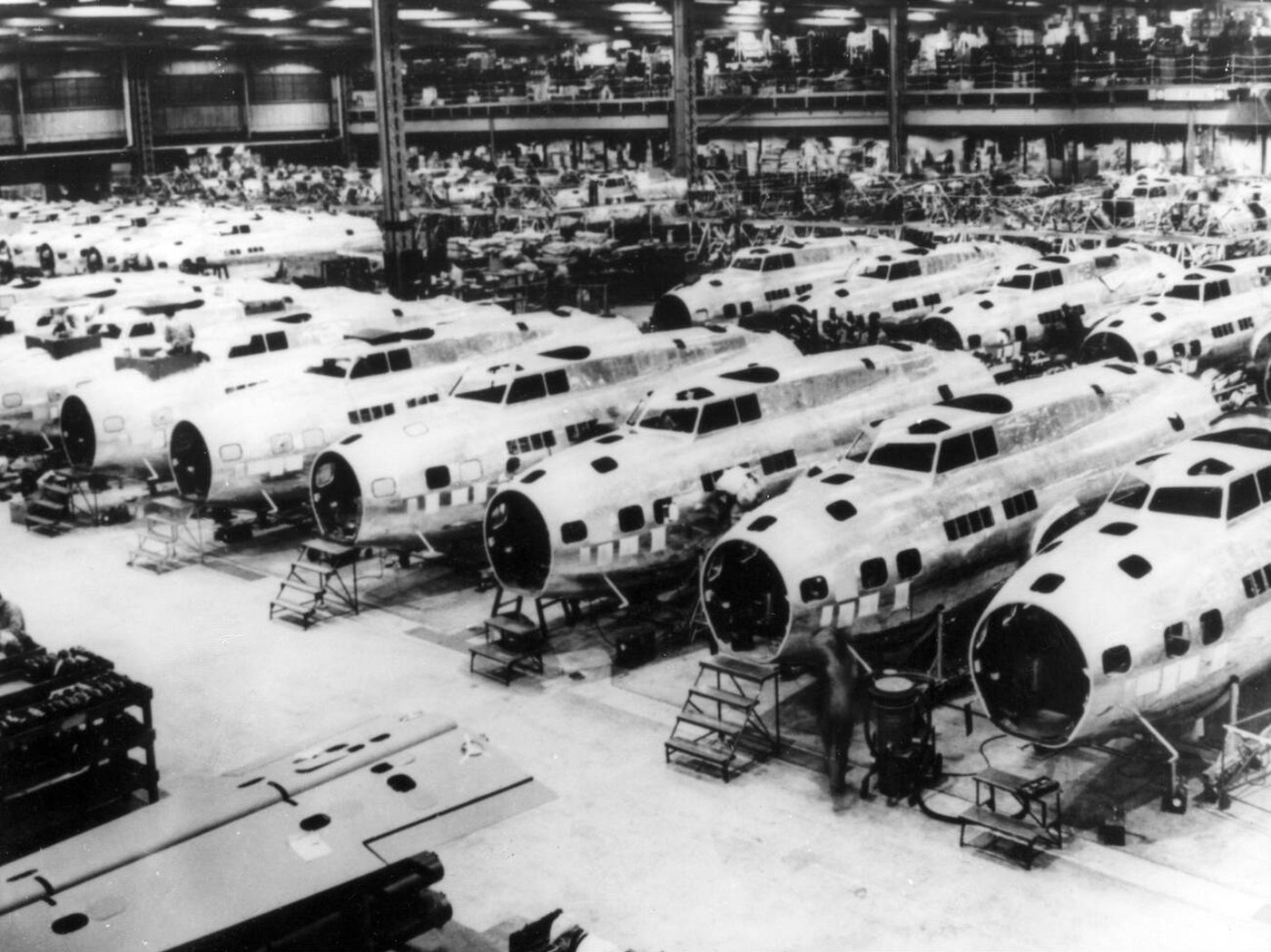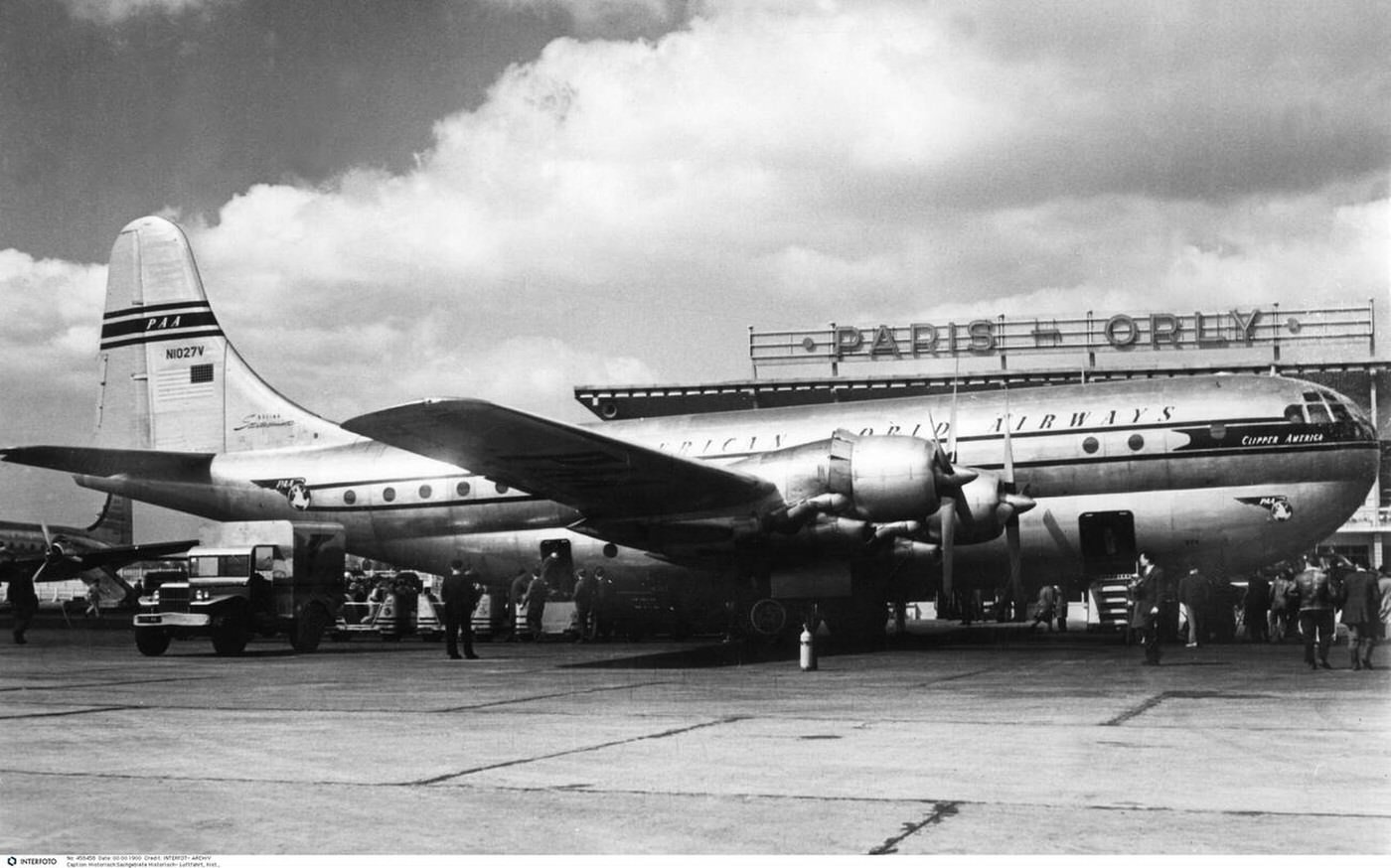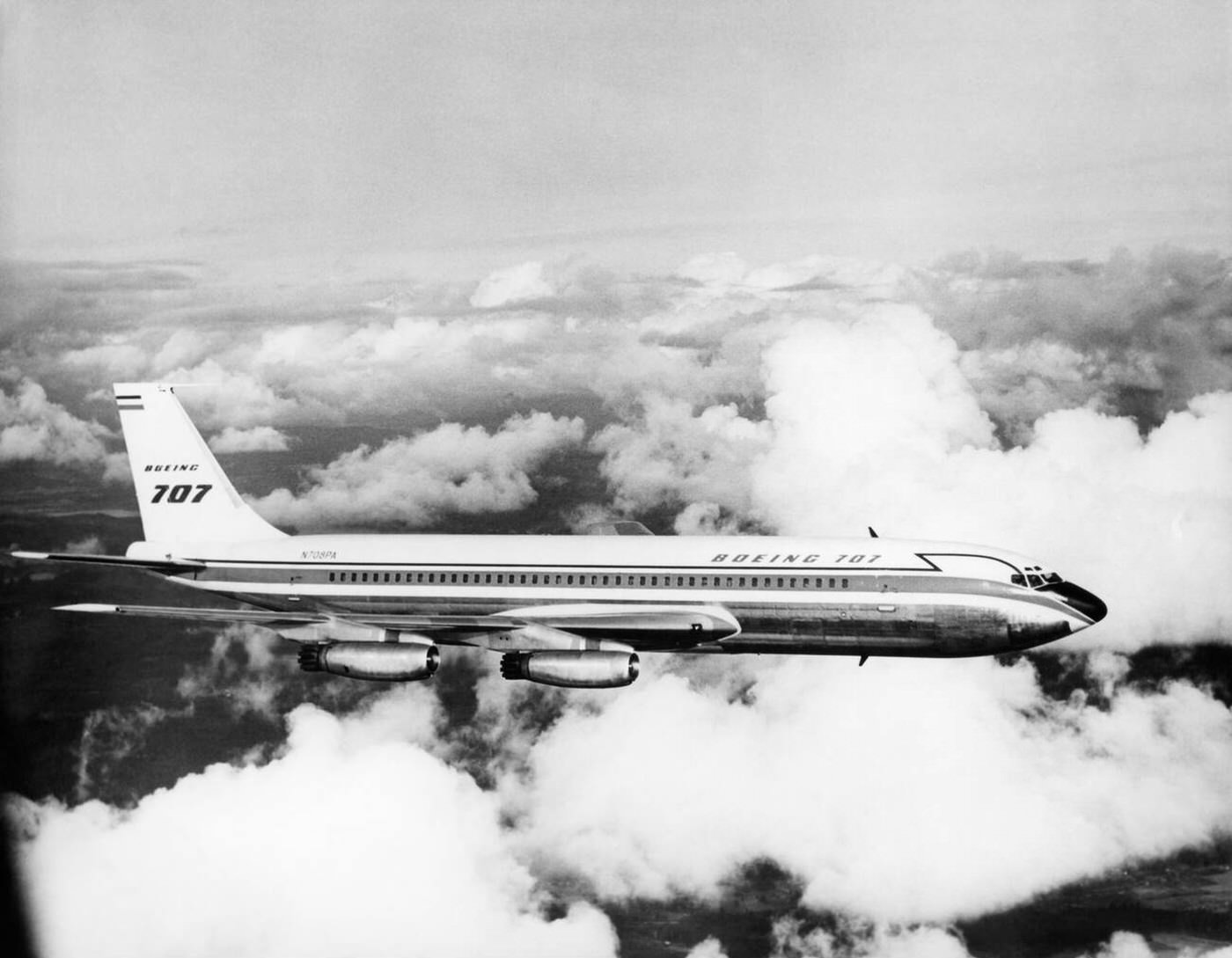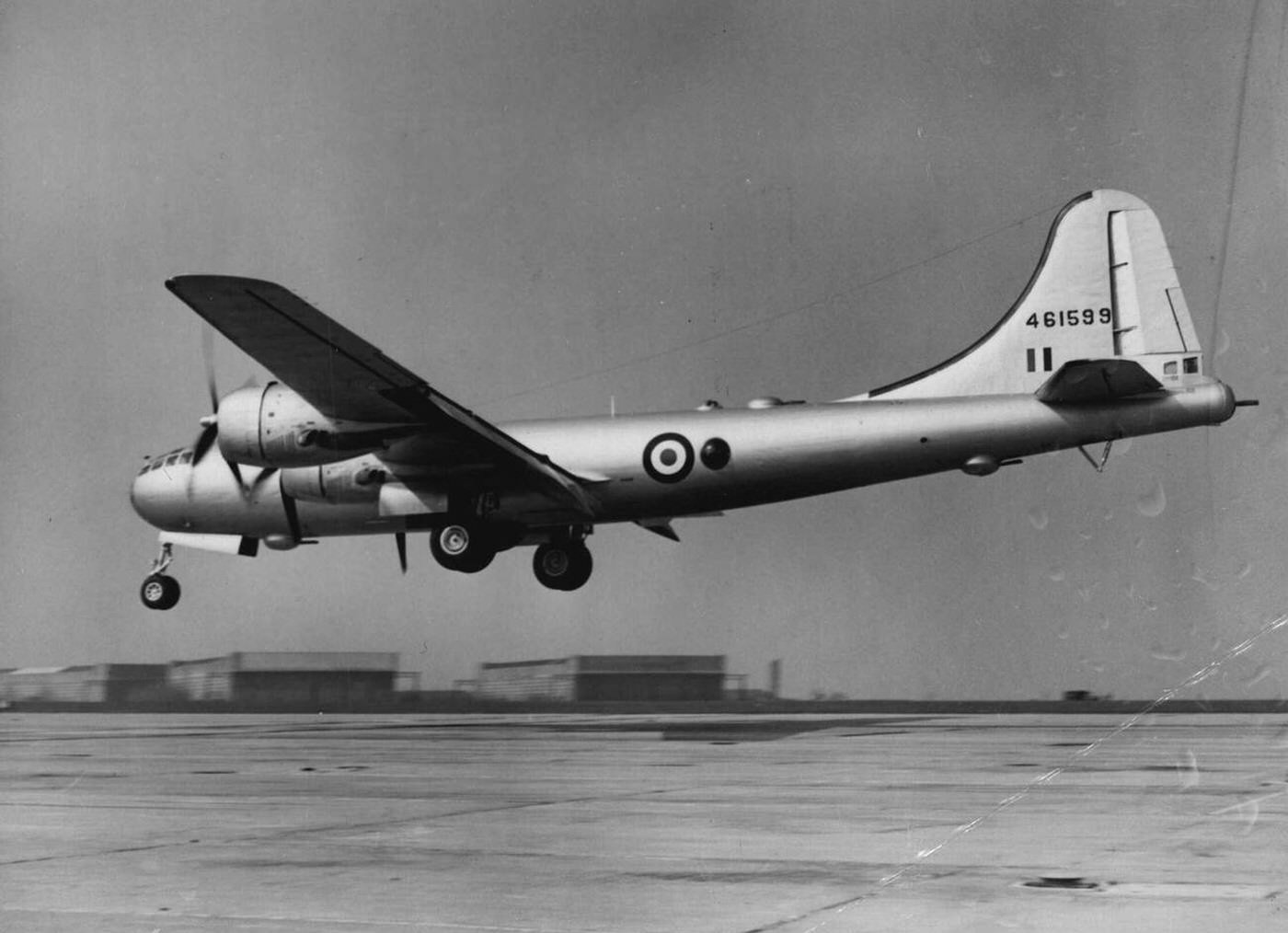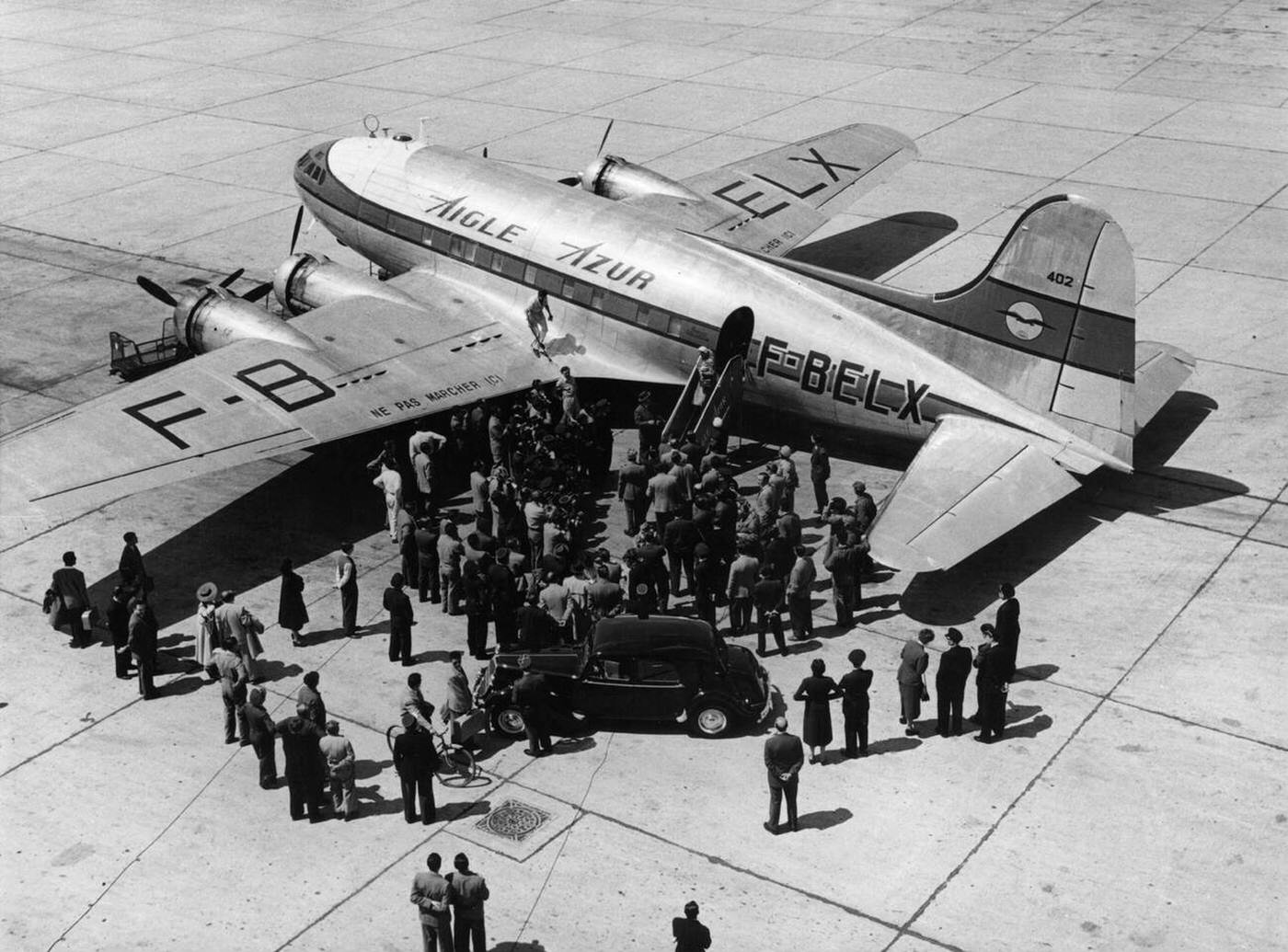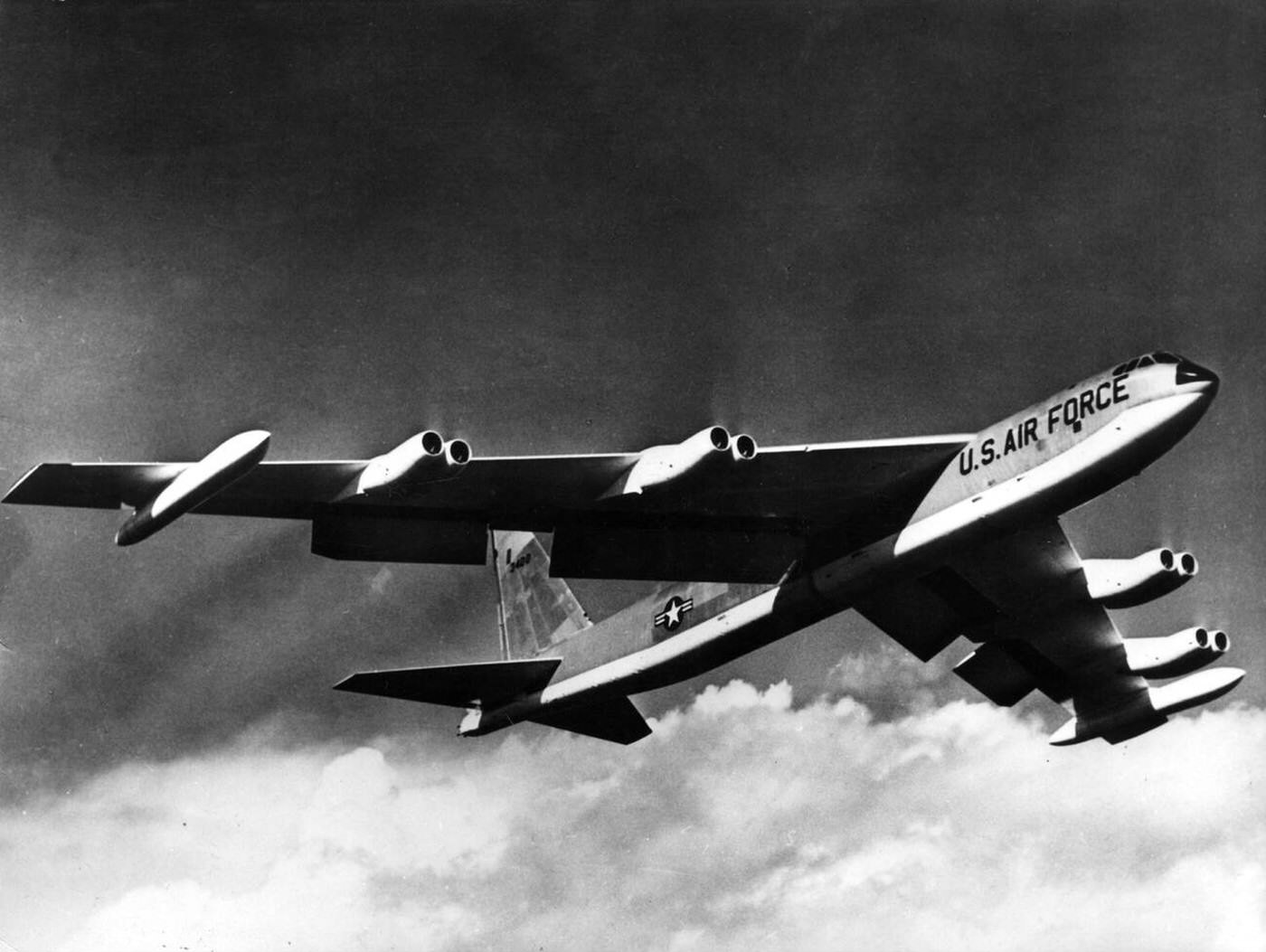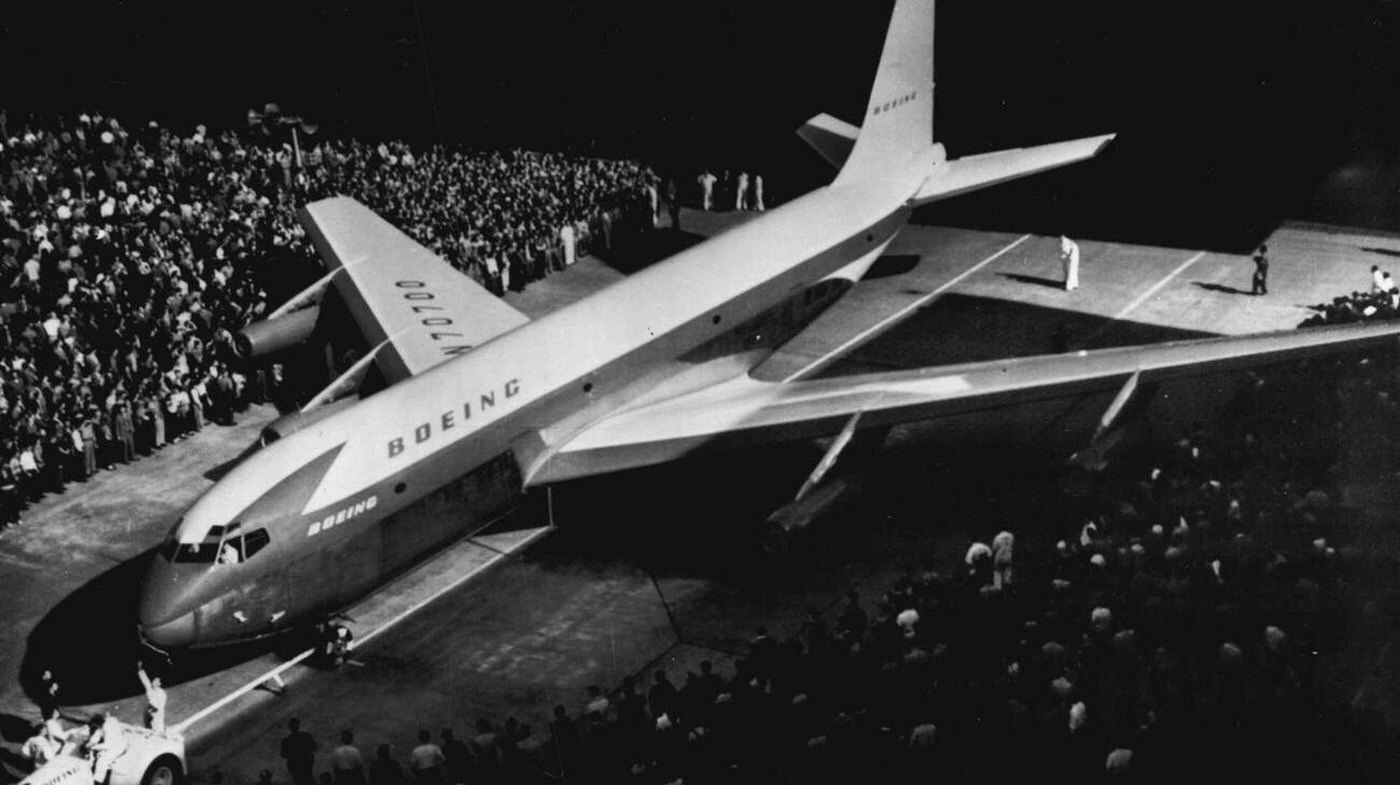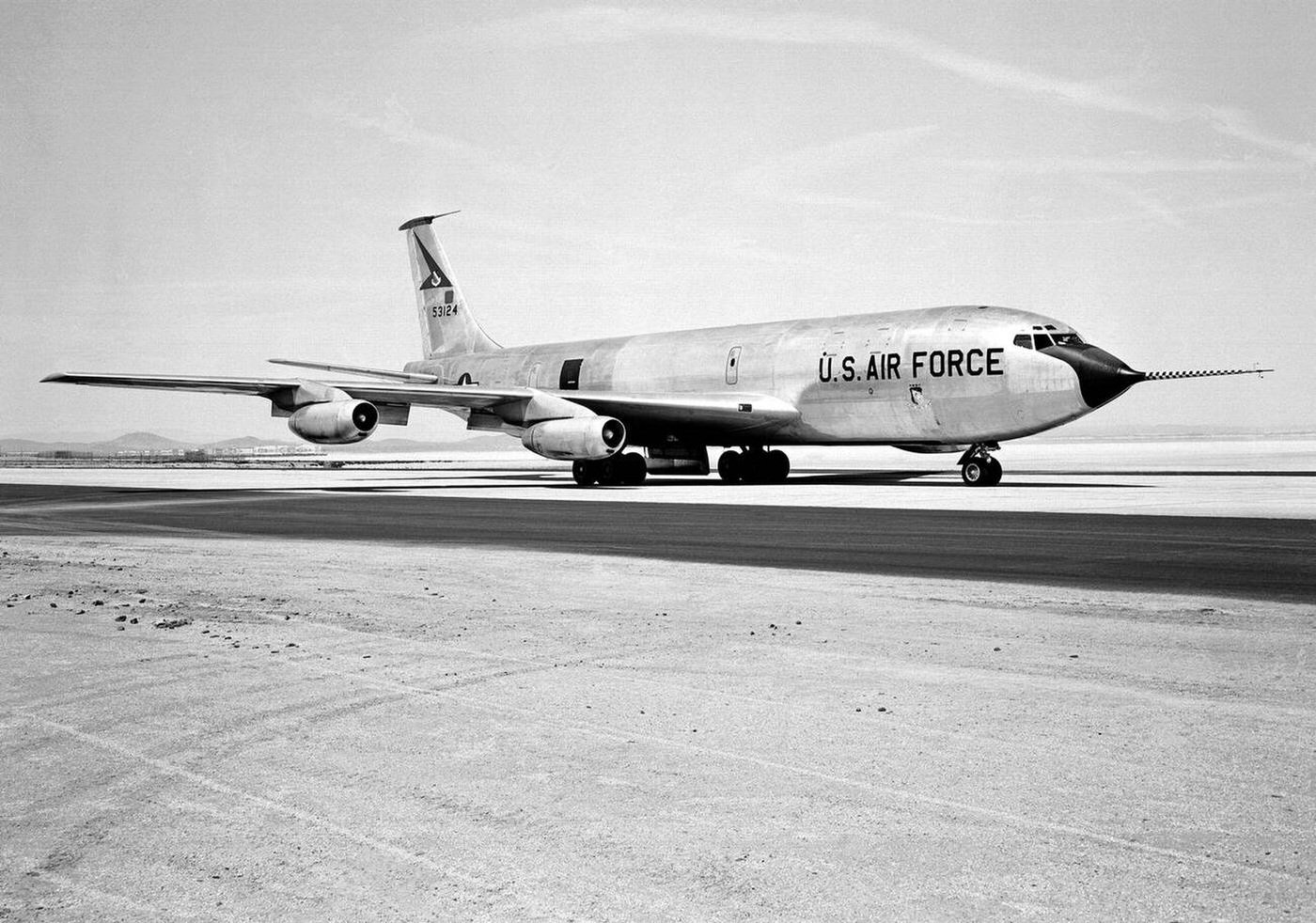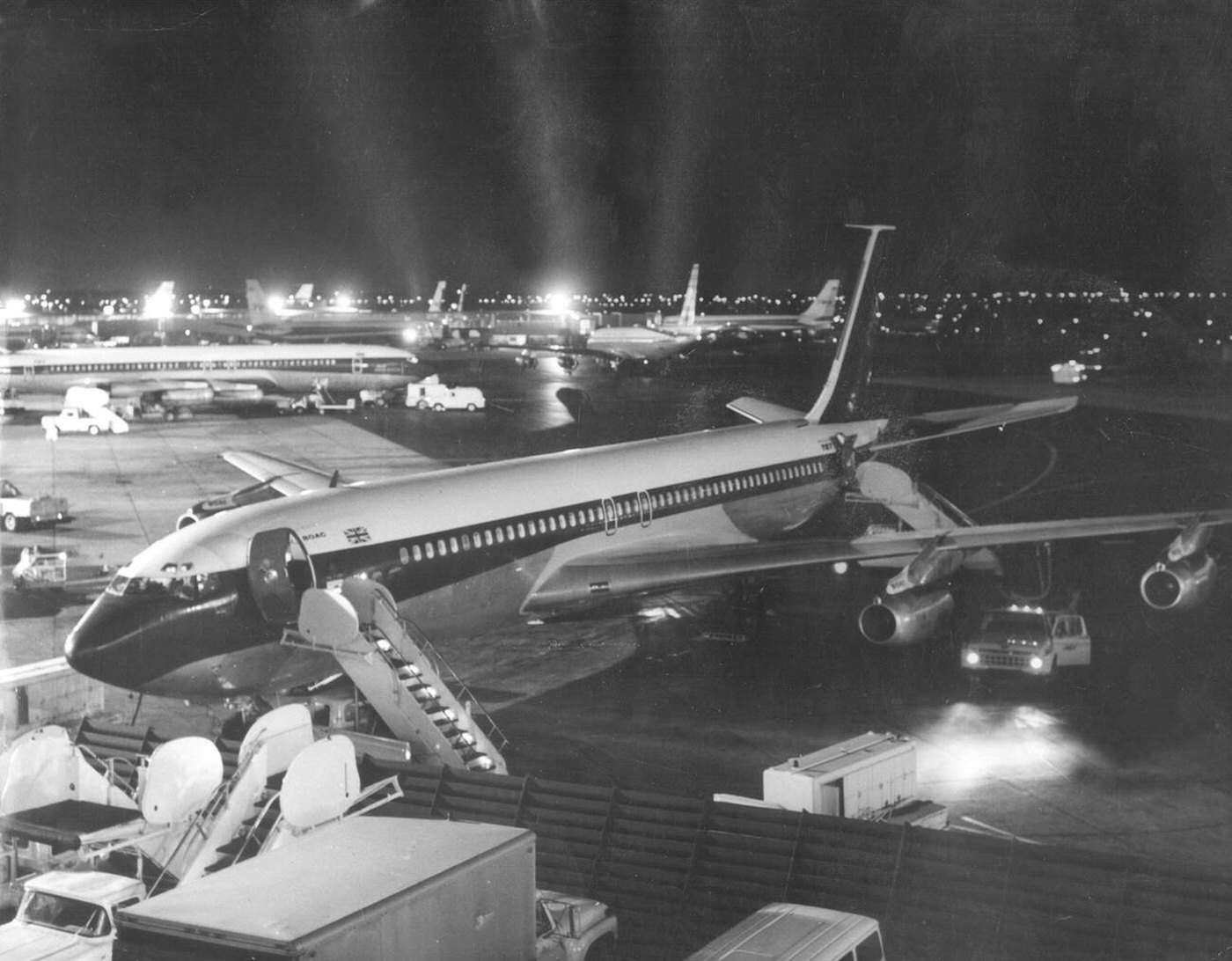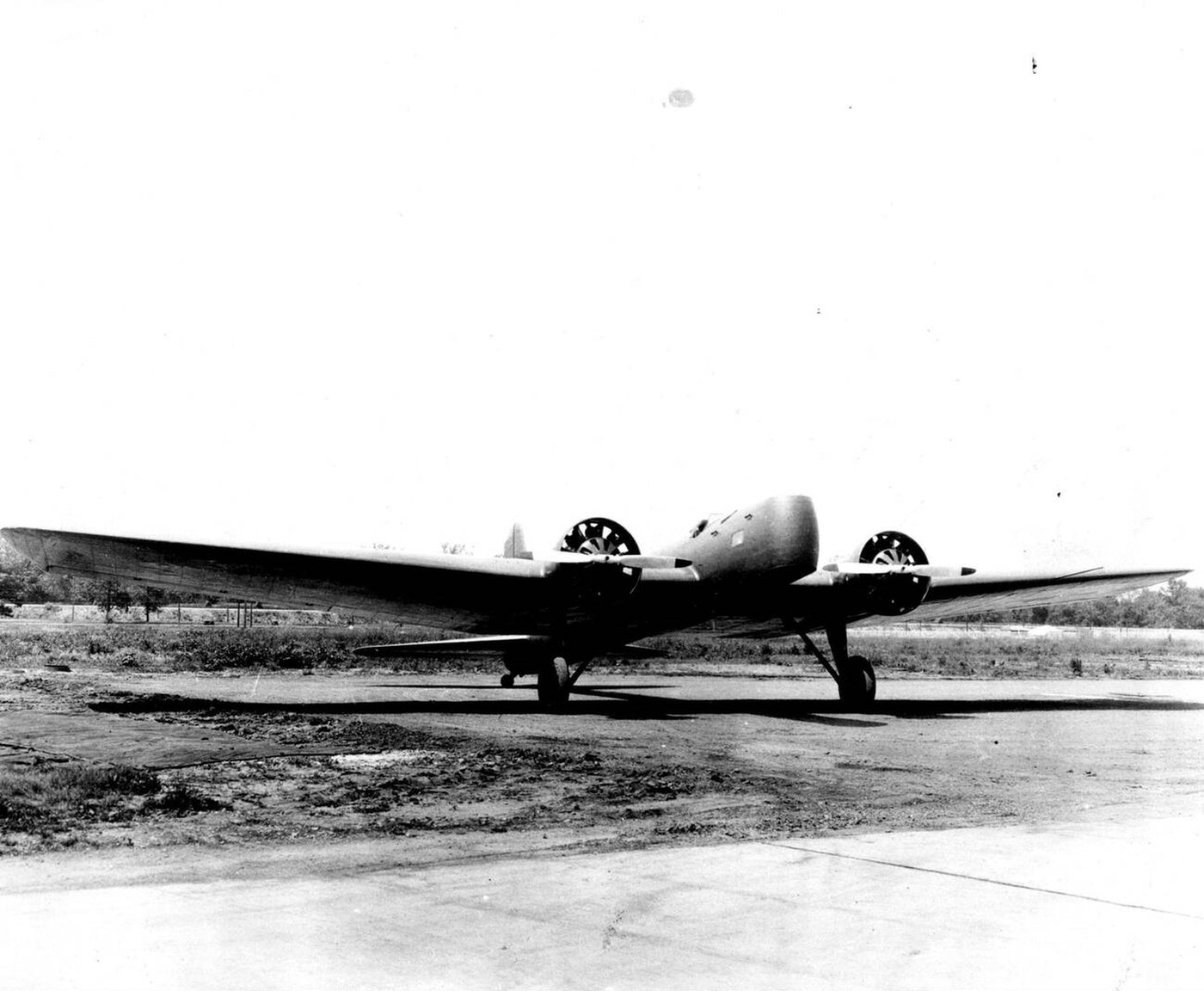Boeing has been building airplanes for a long time. The decades between the 1930s and the 1970s were a really important time for the company. They made many different kinds of planes that changed air travel and played big roles in history.
In the 1930s, Boeing built planes like the Model 247. This was a twin-engine airliner. It was much faster and safer than many other passenger planes at the time. It had features that are standard today, like retractable landing gear and de-icing boots on the wings. This plane helped show what modern air travel could be like. Boeing also worked on military planes during this time.
The 1940s saw a huge focus on the military. Boeing became well known for its bombers. The B-17 Flying Fortress was a key aircraft in World War II. It was known for being tough and able to take damage. Another major bomber was the B-29 Superfortress. This plane could fly higher and faster than many other bombers. These planes were vital for the war effort.
After the war, the 1950s brought the start of the jet age for passenger planes. Boeing developed the B-47 Stratojet and the B-52 Stratofortress for the military. These were important jet-powered bombers. But a really big step was the Boeing 707. This was one of the first successful jet airliners. When it started flying passengers, it made air travel much faster and more accessible for longer distances.
Read more
The 1960s were a busy time for Boeing in commercial aviation. Following the success of the 707, they introduced the Boeing 727. This was a tri-jet (three engines) designed for shorter to medium-range flights. It became very popular with airlines. Boeing also launched the now-famous Boeing 737 in the late 1960s. The 737 was meant for shorter routes and smaller airports, and it went on to become the most produced jet airliner ever.
As the 1960s ended and the 1970s began, Boeing introduced a giant plane that changed everything: the Boeing 747. This was the first “jumbo jet.” It was much larger than any passenger plane before it. The 747 could carry many more people, which helped make flying more affordable for more people. It had a unique shape with a hump on the front upper deck. The 747 quickly became an icon of air travel around the world. These planes from the 1930s to the 1970s show how Boeing helped shape modern aviation, both for travel and defense.

